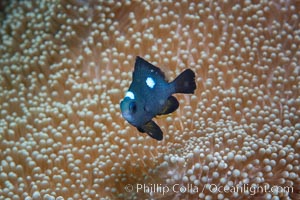
Three spot dascyllus crapping, Dascyllus trimaculatus, Fiji.
Species: Three spot dascyllus, Dascyllus trimaculatus
Location: Fiji
Image ID: 34776
Species: Three spot dascyllus, Dascyllus trimaculatus
Location: Fiji
Image ID: 34776
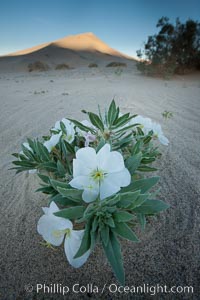
Eureka Valley Dune Evening Primrose. A federally endangered plant, Oenothera californica eurekensis is a perennial herb that produces white flowers from April to June. These flowers turn red as they age. The Eureka Dunes evening-primrose is found only in the southern portion of Eureka Valley Sand Dunes system in Indigo County, California.
Species: Eureka valley dune evening primrose, Oenothera californica eurekensis, Oenothera deltoides
Location: Eureka Dunes, Death Valley National Park, California
Image ID: 25237
Species: Eureka valley dune evening primrose, Oenothera californica eurekensis, Oenothera deltoides
Location: Eureka Dunes, Death Valley National Park, California
Image ID: 25237
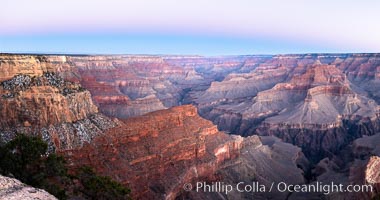
Belt of Venus over Grand Canyon at sunrise, viewed from Hopi Point on the south rim of Grand Canyon National Park. The Belt of Venus, or anti-twilight arch, is the shadow of the earth cast upon the atmosphere just above the horizon, and occurs a few minutes before sunrise or after sunset.
Location: Grand Canyon National Park, Arizona
Image ID: 37765
Panorama dimensions: 5409 x 10272
Location: Grand Canyon National Park, Arizona
Image ID: 37765
Panorama dimensions: 5409 x 10272
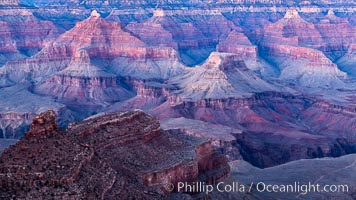
Grand Canyon at dusk, sunset, viewed from Grandeur Point on the south rim of Grand Canyon National Park.
Location: Grand Canyon National Park, Arizona
Image ID: 37753
Location: Grand Canyon National Park, Arizona
Image ID: 37753
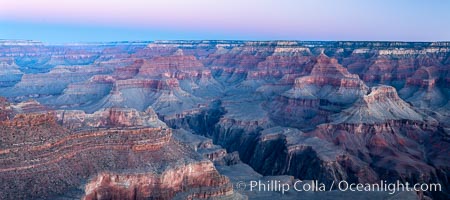
Grand Canyon at sunrise viewed from Yavapai Point on the south rim of Grand Canyon National Park.
Location: Grand Canyon National Park, Arizona
Image ID: 37757
Panorama dimensions: 5136 x 11568
Location: Grand Canyon National Park, Arizona
Image ID: 37757
Panorama dimensions: 5136 x 11568
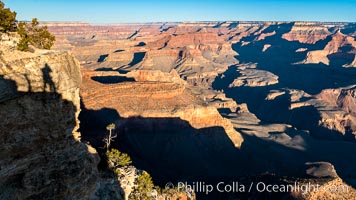
Grand Canyon at sunrise viewed from Yavapai Point on the south rim of Grand Canyon National Park.
Location: Grand Canyon National Park, Arizona
Image ID: 37760
Location: Grand Canyon National Park, Arizona
Image ID: 37760
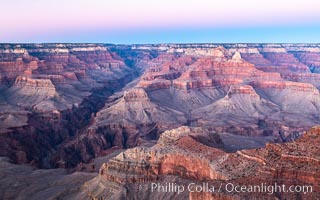
Belt of Venus over Grand Canyon at dusk, sunset, viewed from Mather Point on the south rim of Grand Canyon National Park. The Belt of Venus, or anti-twilight arch, is the shadow of the earth cast upon the atmosphere just above the horizon, and occurs a few minutes before sunrise or after sunset.
Location: Grand Canyon National Park, Arizona
Image ID: 37761
Location: Grand Canyon National Park, Arizona
Image ID: 37761
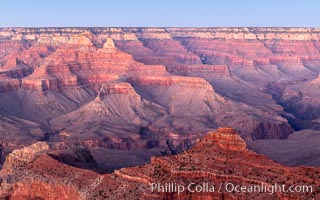
Grand Canyon at dusk, sunset, viewed from Mather Point on the south rim of Grand Canyon National Park.
Location: Grand Canyon National Park, Arizona
Image ID: 37762
Location: Grand Canyon National Park, Arizona
Image ID: 37762
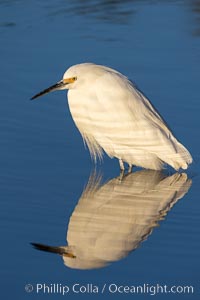
Snowy egret, Mission Bay, San Diego. The snowy egret can be found in marshes, swamps, shorelines, mudflats and ponds. The snowy egret eats shrimp, minnows and other small fish, crustaceans and frogs. It is found on all coasts of North America and, in winter, into South America.
Species: Snowy Egret, Egretta thula
Image ID: 36823
Species: Snowy Egret, Egretta thula
Image ID: 36823
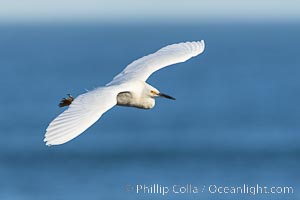
Snowy egret in flight gliding over the ocean in La Jolla. The snowy egret can be found in marshes, swamps, shorelines, mudflats and ponds. The snowy egret eats shrimp, minnows and other small fish, crustaceans and frogs. It is found on all coasts of North America and, in winter, into South America.
Species: Snowy Egret, Egretta thula
Location: La Jolla, California
Image ID: 38926
Species: Snowy Egret, Egretta thula
Location: La Jolla, California
Image ID: 38926
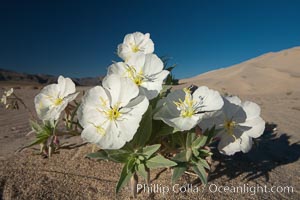
Eureka Valley Dune Evening Primrose. A federally endangered plant, Oenothera californica eurekensis is a perennial herb that produces white flowers from April to June. These flowers turn red as they age. The Eureka Dunes evening-primrose is found only in the southern portion of Eureka Valley Sand Dunes system in Indigo County, California.
Species: Eureka valley dune evening primrose, Oenothera californica eurekensis, Oenothera deltoides
Location: Eureka Dunes, Death Valley National Park, California
Image ID: 25267
Species: Eureka valley dune evening primrose, Oenothera californica eurekensis, Oenothera deltoides
Location: Eureka Dunes, Death Valley National Park, California
Image ID: 25267
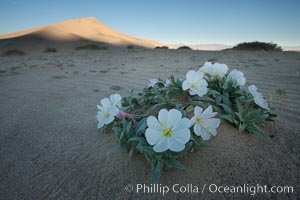
Eureka Valley Dune Evening Primrose. A federally endangered plant, Oenothera californica eurekensis is a perennial herb that produces white flowers from April to June. These flowers turn red as they age. The Eureka Dunes evening-primrose is found only in the southern portion of Eureka Valley Sand Dunes system in Indigo County, California.
Species: Eureka valley dune evening primrose, Oenothera californica eurekensis, Oenothera deltoides
Location: Eureka Dunes, Death Valley National Park, California
Image ID: 25343
Species: Eureka valley dune evening primrose, Oenothera californica eurekensis, Oenothera deltoides
Location: Eureka Dunes, Death Valley National Park, California
Image ID: 25343
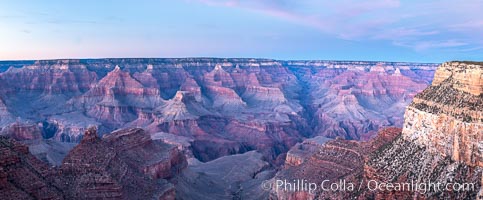
Grand Canyon at dusk, sunset, viewed from Grandeur Point on the south rim of Grand Canyon National Park.
Location: Grand Canyon National Park, Arizona
Image ID: 37754
Panorama dimensions: 5151 x 12441
Location: Grand Canyon National Park, Arizona
Image ID: 37754
Panorama dimensions: 5151 x 12441
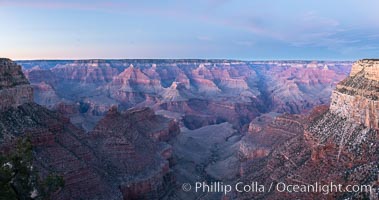
Grand Canyon at dusk, sunset, viewed from Grandeur Point on the south rim of Grand Canyon National Park.
Location: Grand Canyon National Park, Arizona
Image ID: 37755
Panorama dimensions: 4731 x 8961
Location: Grand Canyon National Park, Arizona
Image ID: 37755
Panorama dimensions: 4731 x 8961
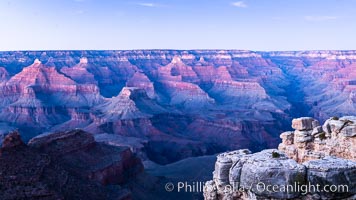
Grand Canyon at dusk, sunset, viewed from Grandeur Point on the south rim of Grand Canyon National Park.
Location: Grand Canyon National Park, Arizona
Image ID: 37756
Location: Grand Canyon National Park, Arizona
Image ID: 37756
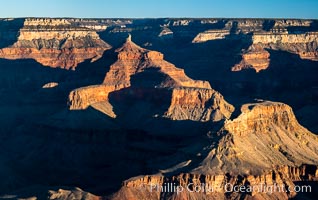
Grand Canyon at sunrise viewed from Yavapai Point on the south rim of Grand Canyon National Park.
Location: Grand Canyon National Park, Arizona
Image ID: 37758
Location: Grand Canyon National Park, Arizona
Image ID: 37758
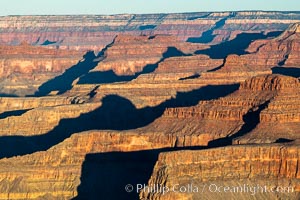
Grand Canyon at sunrise viewed from Yavapai Point on the south rim of Grand Canyon National Park.
Location: Grand Canyon National Park, Arizona
Image ID: 37759
Location: Grand Canyon National Park, Arizona
Image ID: 37759
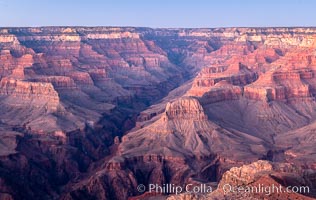
Grand Canyon at dusk, sunset, viewed from Mather Point on the south rim of Grand Canyon National Park.
Location: Grand Canyon National Park, Arizona
Image ID: 37763
Location: Grand Canyon National Park, Arizona
Image ID: 37763
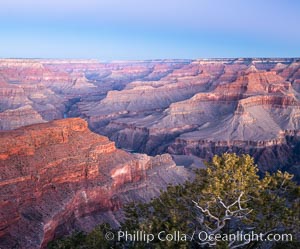
Belt of Venus over Grand Canyon at sunrise, viewed from Hopi Point on the south rim of Grand Canyon National Park. The Belt of Venus, or anti-twilight arch, is the shadow of the earth cast upon the atmosphere just above the horizon, and occurs a few minutes before sunrise or after sunset.
Location: Grand Canyon National Park, Arizona
Image ID: 37764
Location: Grand Canyon National Park, Arizona
Image ID: 37764
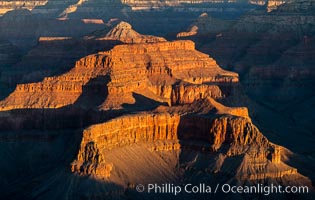
Grand Canyon at sunrise, viewed from Hopi Point on the south rim of Grand Canyon National Park.
Location: Grand Canyon National Park, Arizona
Image ID: 37766
Location: Grand Canyon National Park, Arizona
Image ID: 37766
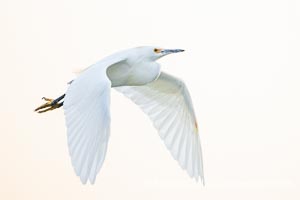
Snowy egret in flight gliding over the ocean in La Jolla. The snowy egret can be found in marshes, swamps, shorelines, mudflats and ponds. The snowy egret eats shrimp, minnows and other small fish, crustaceans and frogs. It is found on all coasts of North America and, in winter, into South America.
Species: Snowy Egret, Egretta thula
Location: La Jolla, California
Image ID: 39861
Species: Snowy Egret, Egretta thula
Location: La Jolla, California
Image ID: 39861
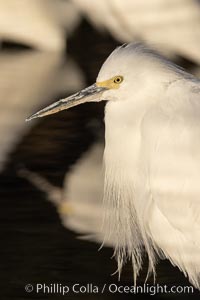
Snowy egret, Mission Bay, San Diego. The snowy egret can be found in marshes, swamps, shorelines, mudflats and ponds. The snowy egret eats shrimp, minnows and other small fish, crustaceans and frogs. It is found on all coasts of North America and, in winter, into South America.
Species: Snowy Egret, Egretta thula
Image ID: 36824
Species: Snowy Egret, Egretta thula
Image ID: 36824
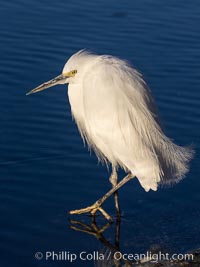
Snowy egret, Mission Bay, San Diego. The snowy egret can be found in marshes, swamps, shorelines, mudflats and ponds. The snowy egret eats shrimp, minnows and other small fish, crustaceans and frogs. It is found on all coasts of North America and, in winter, into South America.
Species: Snowy Egret, Egretta thula
Image ID: 36825
Species: Snowy Egret, Egretta thula
Image ID: 36825
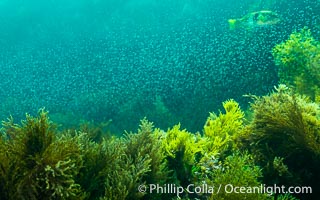
Marine Algae and Mysid Shrimp, Kangaroo Island, South Australia.
Location: Kangaroo Island, South Australia
Image ID: 39272
Location: Kangaroo Island, South Australia
Image ID: 39272
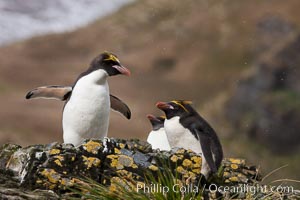
Macaroni penguins, on the rocky shoreline of Hercules Bay, South Georgia Island. One of the crested penguin species, the macaroni penguin bears a distinctive yellow crest on its head. They grow to be about 12 lb and 28" high. Macaroni penguins eat primarily krill and other crustaceans, small fishes and cephalopods.
Species: Macaroni penguin, Eudyptes chrysolophus
Location: Hercules Bay, South Georgia Island
Image ID: 24390
Species: Macaroni penguin, Eudyptes chrysolophus
Location: Hercules Bay, South Georgia Island
Image ID: 24390
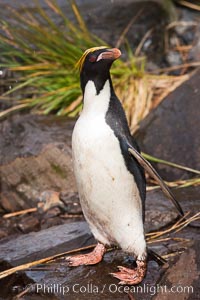
Macaroni penguin, on the rocky shoreline of Hercules Bay, South Georgia Island. One of the crested penguin species, the macaroni penguin bears a distinctive yellow crest on its head. They grow to be about 12 lb and 28" high. Macaroni penguins eat primarily krill and other crustaceans, small fishes and cephalopods.
Species: Macaroni penguin, Eudyptes chrysolophus
Location: Hercules Bay, South Georgia Island
Image ID: 24393
Species: Macaroni penguin, Eudyptes chrysolophus
Location: Hercules Bay, South Georgia Island
Image ID: 24393
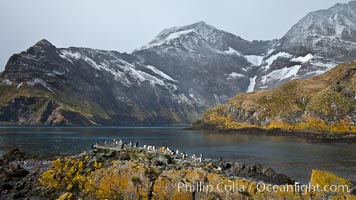
Macaroni penguins, on the rocky shoreline of Hercules Bay, South Georgia Island. One of the crested penguin species, the macaroni penguin bears a distinctive yellow crest on its head. They grow to be about 12 lb and 28" high. Macaroni penguins eat primarily krill and other crustaceans, small fishes and cephalopods.
Species: Macaroni penguin, Eudyptes chrysolophus
Location: Hercules Bay, South Georgia Island
Image ID: 24391
Species: Macaroni penguin, Eudyptes chrysolophus
Location: Hercules Bay, South Georgia Island
Image ID: 24391
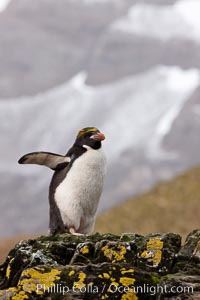
Macaroni penguin, on the rocky shoreline of Hercules Bay, South Georgia Island. One of the crested penguin species, the macaroni penguin bears a distinctive yellow crest on its head. They grow to be about 12 lb and 28" high. Macaroni penguins eat primarily krill and other crustaceans, small fishes and cephalopods.
Species: Macaroni penguin, Eudyptes chrysolophus
Location: Hercules Bay, South Georgia Island
Image ID: 24421
Species: Macaroni penguin, Eudyptes chrysolophus
Location: Hercules Bay, South Georgia Island
Image ID: 24421
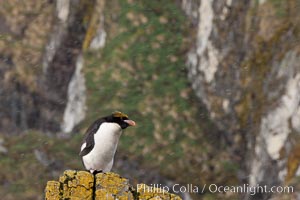
Macaroni penguin, on the rocky shoreline of Hercules Bay, South Georgia Island. One of the crested penguin species, the macaroni penguin bears a distinctive yellow crest on its head. They grow to be about 12 lb and 28" high. Macaroni penguins eat primarily krill and other crustaceans, small fishes and cephalopods.
Species: Macaroni penguin, Eudyptes chrysolophus
Location: Hercules Bay, South Georgia Island
Image ID: 24424
Species: Macaroni penguin, Eudyptes chrysolophus
Location: Hercules Bay, South Georgia Island
Image ID: 24424
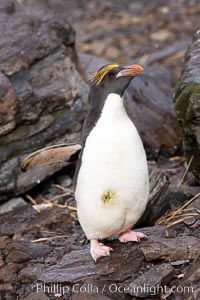
Macaroni penguin, on the rocky shoreline of Hercules Bay, South Georgia Island. One of the crested penguin species, the macaroni penguin bears a distinctive yellow crest on its head. They grow to be about 12 lb and 28" high. Macaroni penguins eat primarily krill and other crustaceans, small fishes and cephalopods.
Species: Macaroni penguin, Eudyptes chrysolophus
Location: Hercules Bay, South Georgia Island
Image ID: 24426
Species: Macaroni penguin, Eudyptes chrysolophus
Location: Hercules Bay, South Georgia Island
Image ID: 24426